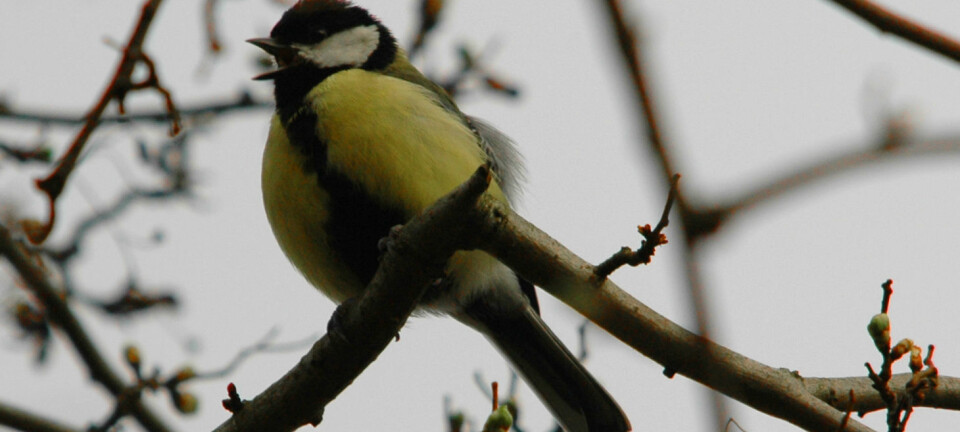This article was produced and financed by The Fram Centre

The last place you’d expect a kittiwake to want to live
An industrial plant has become the number one most desirable place of residence for black-legged kittiwakes. Totally unexpected to both scientists and the plant’s owners, the Statoil company.
Denne artikkelen er over ti år gammel og kan inneholde utdatert informasjon.
“You can safely say that this came as a surprise to us!” says Geir Helge Systad, seabird ecologist at NINA, the Norwegian Institute for Nature Research.
Systad works at the NINA’s department at the Fram Centre, where one of his tasks is to keep track of the black-legged kittiwake population along the Norwegian coast. This is one of the projects in the SEAPOP programme (see fact box).
The black-legged kittiwake is a medium-sized seagull which is most easily recognised by its black wing tips and a more tern-like flight than other gulls.
This is the world’s most numerous seagull species, but scientists have recorded a decline in the number of black-legged kittiwakes in recent years.
The population decline is so severe that the species is now on the Norwegian red list, an assessment of the risk of extinction. Species that suffer population decline and that risk becoming extinct in parts of Norway are designated “endangered species” and end up on the red list.
A new home on a rock wall
“At Hjelmsøya island in Finnmark county, for instance, we have recorded a population decline of almost 90 percent since monitoring started in 1984. All over the North Atlantic, we observe reduced numbers of this species. We believe one of the main reasons is food shortage,” says Systad.
But there is no such decline at Melkøya, just outside the city of Hammerfest in Finnmark county. By the time the construction work for the giant gas plant was completed, the island’s topography had undergone major changes: the excavation work to lay the foundation for the industrial plant left a sheer rock wall with surfaces ideally suited as nesting places for black-legged kittiwakes.
And the kittiwakes moved in.
The man-made cliff face now houses around 2500 breeding pairs of black-legged kittiwakes.
An infernal bird racket
Before the completion of the construction work on the island, there had been no reports of black-legged kittiwakes nesting here, only that they used the island as a place to rest.
"This is a different matter entirely, and the island now appears to be the number one desirable address for black-legged kittiwakes,” says Systad with a smile.
The smiles on the faces of the plant’s operators, Statoil, weren’t quite as wide when they discovered the size of the colony. Twenty-five hundred pairs make an infernal racket; they don’t have to chip in and cover the cost of waste collection or clean-up either. And they have only one thing on their minds: breeding. All the same, the story may have a happy ending.
“True, Statoil could legally have demolished the entire ‘neighbourhood’. Luckily, Statoil has strict in-house guidelines on biological diversity and the company’s environmental department found solutions that accommodate all parties, explains Systad.
"They are paving the way for future coexistence, for instance by relocating workmen’s huts, and they will do what they can to avoid disturbing the birds during the vulnerable nesting season,” he adds.
Moves in with other happy couples
Why do the black-legged kittiwakes want to live right in the middle of an industrial zone?
“They’re pretty much like us humans when it comes to behaviour patterns. The rock face is ‘tailor-made’ for kittiwake housing – nests – and the birds have few other natural enemies here. For example, we don’t see many white-tailed sea eagles at Melkøya," says Systad.
The black-legged kittiwake conducts thorough reconnaissance before it settles down and builds a nest. The sight of other kittiwakes nesting contentedly signals that this is a suitable place to breed.
“Rather like us when we’re house-hunting?”
“Yes, you could put it that way,” says NINA-fellow Geir Helge Systad.
































